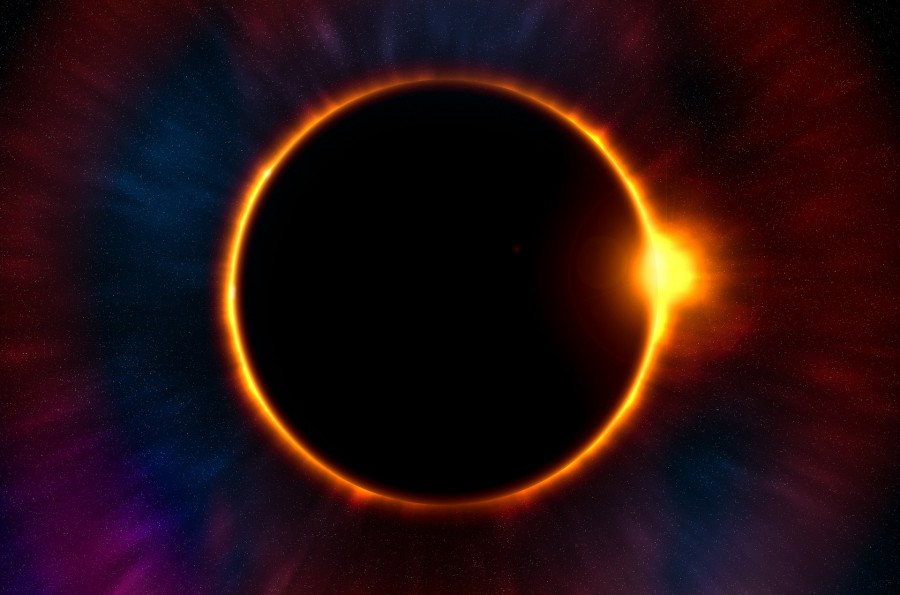Sights for sore eyes: safe eclipse viewing choices
From 12-2 p.m. on Monday, Aug. 21, the moon will pass in front of the sun, producing a total solar eclipse, the first in the U.S. since 1979.
The moon will go between the sun and earth for a duration of about three hours but will only completely block it for as long as two minutes and 40 seconds.
Unfortunately for Tulane students, the event requires special safety goggles to view, which have sold out at retailers across the greater New Orleans area. Packs of glasses are listed at $40 or more on Amazon, discouraging many from viewing the astronomical event. The Hullabaloo compiled a list of alternative activities in which to participate.
Why spend time outdoors basking in the astronomical wonders of this rare event when it is this expensive and time-consuming? Isn’t there a better use of your time that is more productive and less heliocentric? Consider these activities, which simulate the same intense phenomenon of singeing your eyeballs without the lifelong retinal damage.
Stare into a light fixture.
Hold a flashlight right in front of your eyes.
Put on goggles and walk around your house looking at lamps.
Blindfold yourself and walk toward a microwave or other source of heat.
Turn a light switch on and off.
Cut a piece of grey construction paper in the shape of a circle and place it on your window.
Press your thumbs deeply into your eyeballs until you feel an intense pain and hear a sharp popping noise.
Have a stimulating conversation with a friend about the current political climate.
Watch a movie.
Spend time with loved ones.
Risk staring into the sun because what does NASA know anyway?
Your donation will support the student journalists of Tulane University. Your contribution will allow us to purchase equipment and cover our annual website hosting costs.



